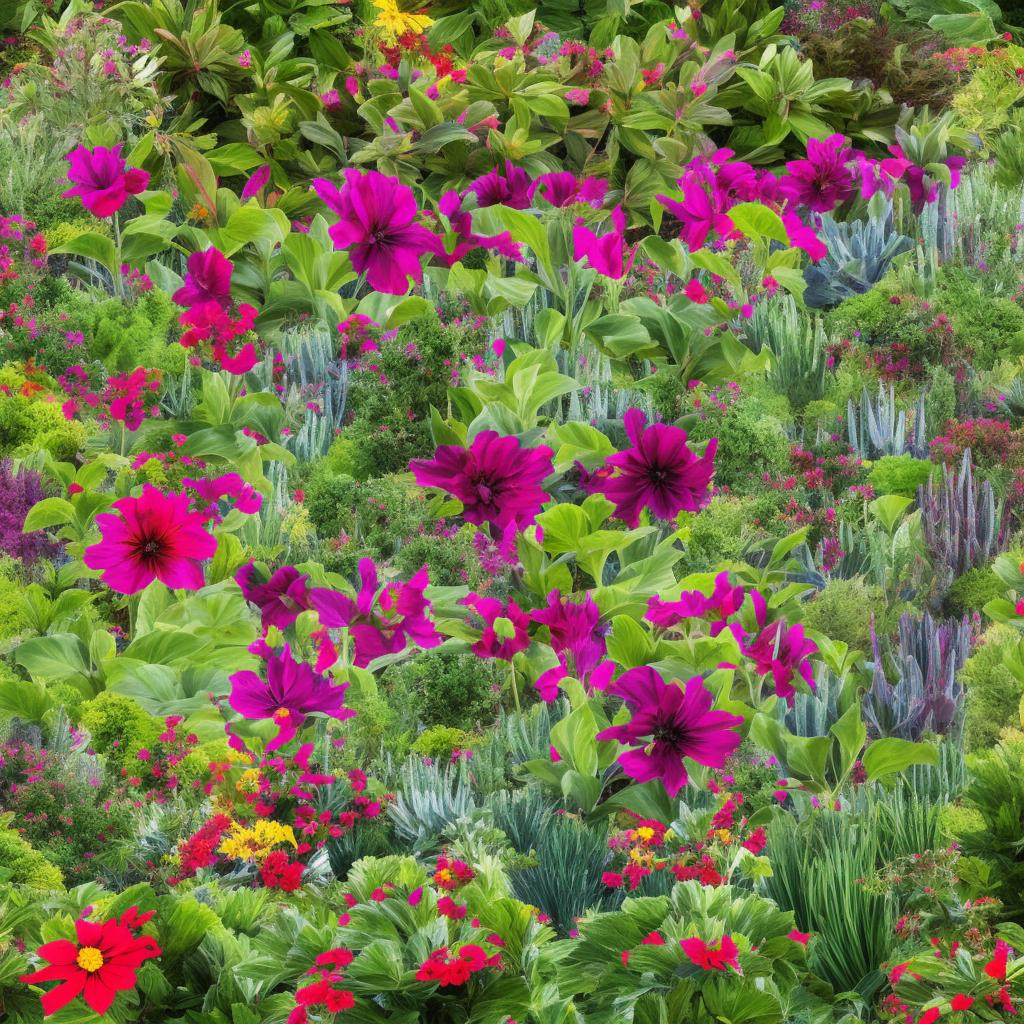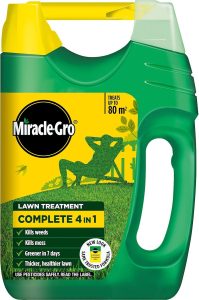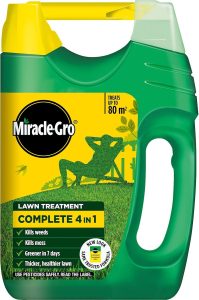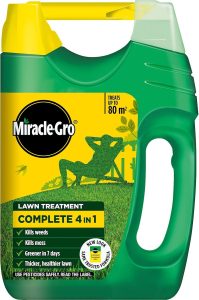In a world where urbanization and habitat destruction continue to threaten our wildlife, creating a garden that provides a safe haven for local animals and insects has never been more important. By incorporating native plants into your garden, you can help attract and support a diverse array of wildlife species. Here are 8 native plants that are perfect for creating a wildlife-friendly garden in your own backyard.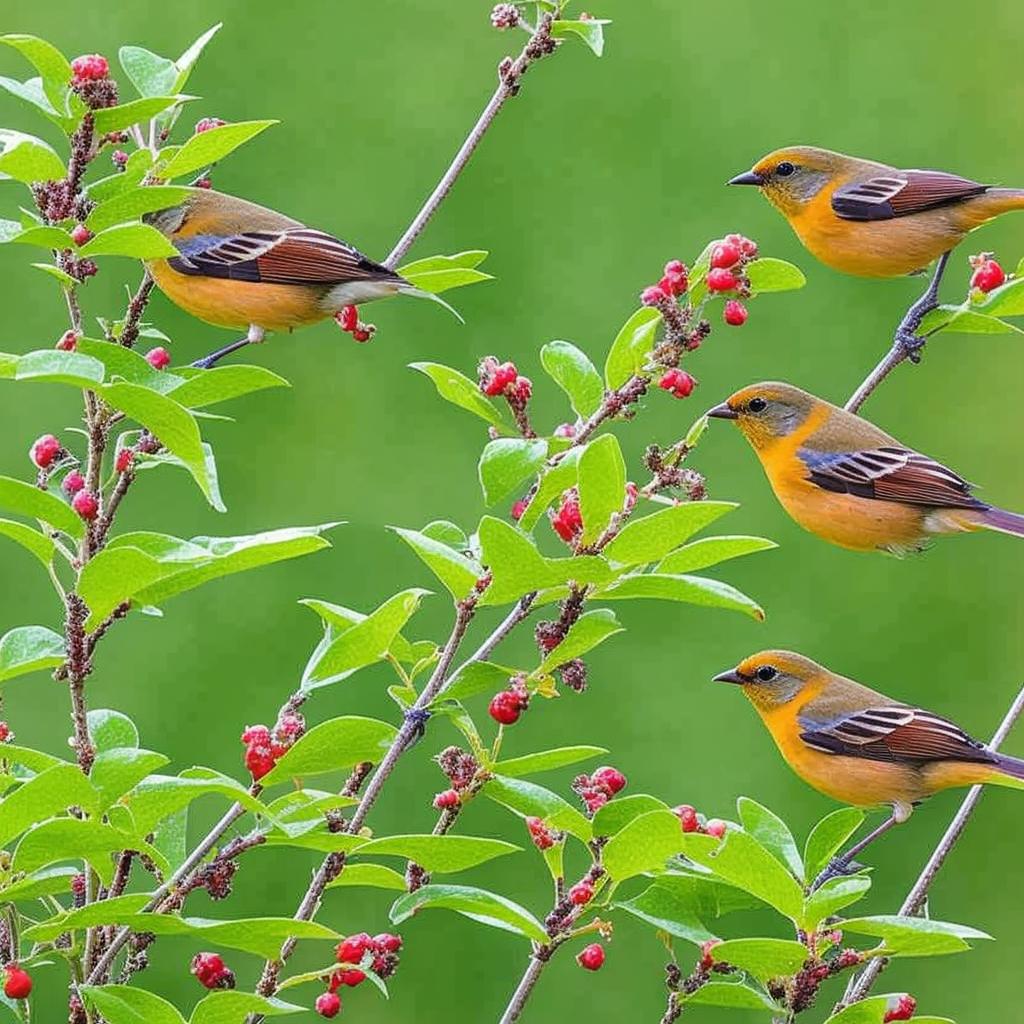
Top Native Plants to Attract Birds to Your Garden
When it comes to creating a wildlife-friendly garden, incorporating native plants that attract birds is key. Not only do these plants provide food and shelter for our feathered friends, but they also add beauty and diversity to your outdoor space. Here are 8 top native plants that will help bring birds flocking to your garden:
- Red Cardinal Flower: This vibrant plant features bright red flowers that attract hummingbirds and butterflies.
- Purple Coneflower: A favorite of goldfinches, this plant produces daisy-like flowers with a cone-shaped center.
- Eastern Red Cedar: This evergreen tree provides year-round cover for birds and produces small blue berries that are a favorite of cedar waxwings.
- Scarlet Oak: Known for its brilliant fall foliage, this tree produces acorns that are a food source for many bird species.
| Plant | Special Features |
|---|---|
| American Beautyberry | Produces clusters of bright purple berries that attract a variety of bird species. |
| Trumpet Vine | This vine produces trumpet-shaped flowers that are a favorite of hummingbirds. |
By incorporating these native plants into your garden, you can create a welcoming habitat for birds while also enjoying the beauty and benefits of these plant species. From providing food sources to creating nesting sites, these plants will help attract a diverse range of bird species to your outdoor space. So roll up your sleeves, get your hands dirty, and watch as your garden becomes a haven for birds to enjoy.
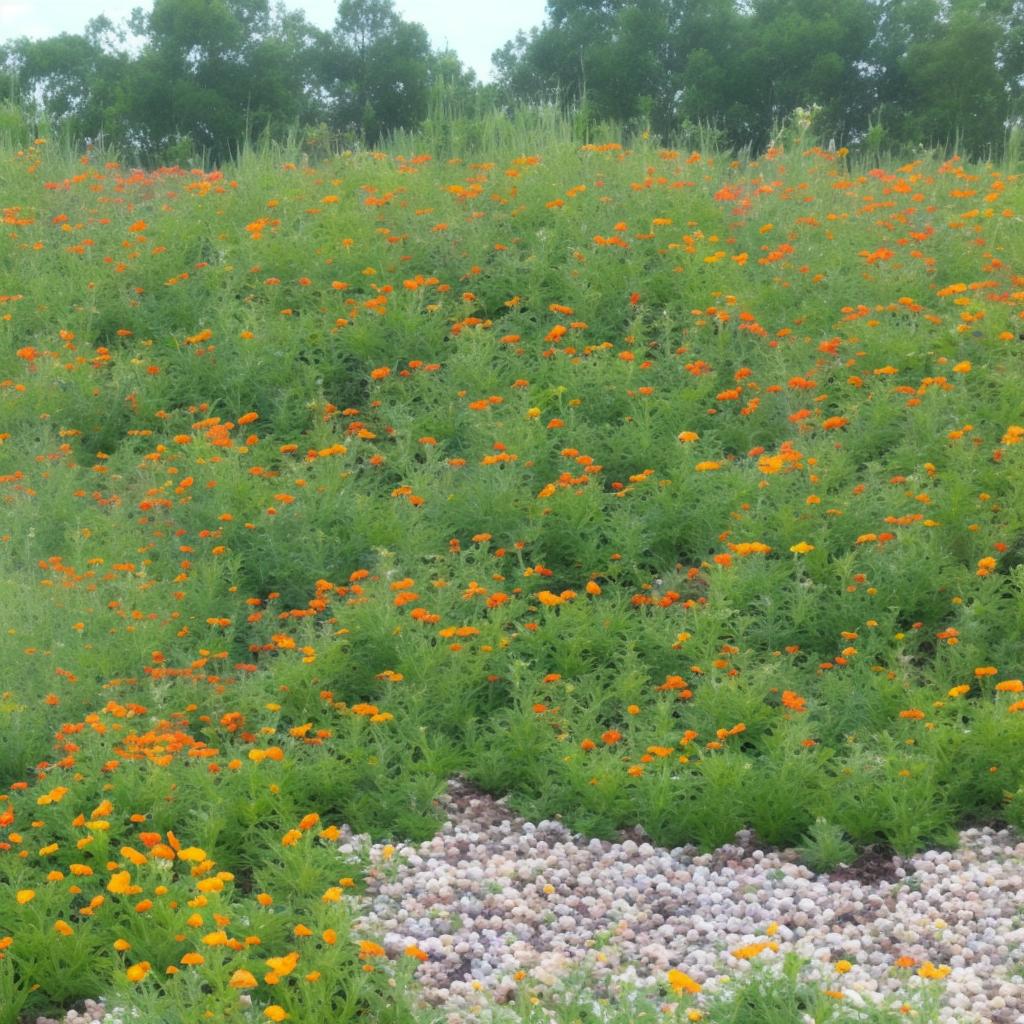
Creating a Butterfly Oasis with Indigenous Plant Species
When , it is important to choose plants that will not only attract butterflies but also support their lifecycle. Here are 8 native plants that will help you create a wildlife-friendly garden:
- Milkweed (Asclepias spp.): A must-have plant for any butterfly garden, milkweed is the host plant for monarch butterflies.
- Wild Bergamot (Monarda fistulosa): This fragrant plant is a favorite of pollinators and adds a pop of color to your garden.
- Goldenrod (Solidago spp.): A late bloomer that provides nectar for butterflies and other pollinators in the fall.
- Joe Pye Weed (Eutrochium purpureum): This tall plant attracts a variety of butterflies with its pink blooms.
| Plant | Benefits |
|---|---|
| Butterfly Weed | Attracts monarch butterflies |
| Blazing Star | Provides nectar for butterflies and bees |
| Coneflower | Easy to grow and attracts a variety of pollinators |
Choosing Wildflowers for a Pollinator-Friendly Landscape
Incorporating native plants in your garden is a great way to attract pollinators and create a wildlife-friendly environment. Here are 8 native wildflowers that you can plant to beautify your landscape and support local pollinators:
- Milkweed: Known for attracting butterflies, particularly monarchs, milkweed is a vital plant for pollinators.
- Black-eyed Susan: This bright and cheery flower attracts bees, butterflies, and other pollinators to your garden.
- Goldenrod: A late-season bloomer, goldenrod provides essential food for pollinators before the winter months.
- Coneflower: With its daisy-like appearance, coneflower is a favorite of bees and butterflies.
- Joe Pye Weed: This tall, pink flowering plant is a magnet for bees, butterflies, and other pollinators.
- Blazing Star: Also known as Liatris, this spiky flower attracts butterflies and bees to your garden.
- Blue Vervain: A beautiful purple wildflower that is loved by bees and butterflies alike.
- Bee Balm: As the name suggests, bee balm is a favorite of bees and hummingbirds, making it a great addition to a pollinator-friendly garden.
How to Incorporate Native Grasses for Wildlife Habitat
When it comes to creating a wildlife-friendly garden, incorporating native grasses is a great way to attract and support local wildlife. Native grasses provide food, shelter, and nesting sites for a variety of animals, including birds, insects, and small mammals. By planting a mix of native grass species, you can create a diverse and thriving habitat for wildlife in your own backyard.
Some of the best native grasses to incorporate into your garden for wildlife habitat include:
- Switchgrass
- Little Bluestem
- Big Bluestem
- Indiangrass
- Prairie Dropseed
- Eastern Gamagrass
- Canada Wild Rye
- Seashore Paspalum
In Summary
By incorporating native plants into your garden, you are not only creating a beautiful and vibrant space, but you are also fostering a thriving ecosystem for local wildlife. These eight native plants are just a starting point, so don’t be afraid to explore and experiment with different species to see what works best in your area. Remember, a wildlife-friendly garden not only benefits the creatures that call it home, but also brings you closer to the natural world around you. So go ahead, get your hands dirty and watch as your garden becomes a haven for all kinds of critters. Happy gardening!

